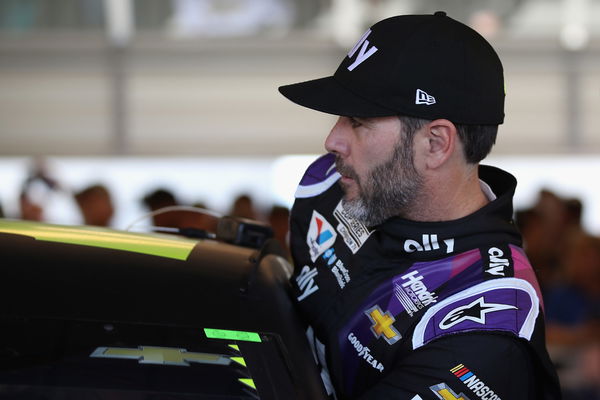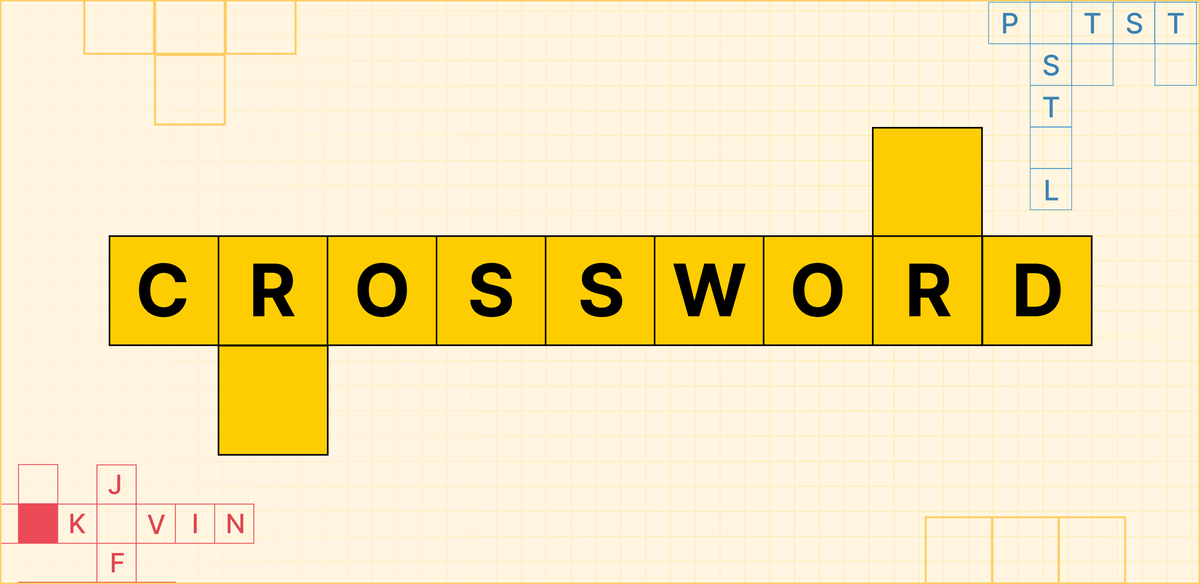
via Getty
AVONDALE, ARIZONA – MARCH 06: Jimmie Johnson, driver of the #48 Ally Chevrolet, prepares to drive during practice for the NASCAR Cup Series FanShield 500 at Phoenix Raceway on March 06, 2020 in Avondale, Arizona. (Photo by Christian Petersen/Getty Images)

via Getty
AVONDALE, ARIZONA – MARCH 06: Jimmie Johnson, driver of the #48 Ally Chevrolet, prepares to drive during practice for the NASCAR Cup Series FanShield 500 at Phoenix Raceway on March 06, 2020 in Avondale, Arizona. (Photo by Christian Petersen/Getty Images)
In a bid to project itself on a different platform, NASCAR collaborated with Hendrick Motorsports, Chevrolet, and Goodyear. Their brainchild—Garage 56—worked for over a year to assemble a formidable team for its Next Gen car assault at the 24 Hours of Le Mans earlier this month. The project brief was simple: don’t embarrass NASCAR and don’t be a rolling obstruction. It hit both on target. At full qualifying speed, the Camaro was four seconds faster than the GTE cars.
But as NASCAR showcased the Next Gen era to the world, racing veteran Jimmie Johnson faced an unexpected challenge. Johnson’s quest for victory at Le Mans became a thrilling battle against a flaw that could have derailed his racing dreams.
A shifting challenge for Jimmie Johnson
ADVERTISEMENT
Article continues below this ad
While NASCAR made the switch to Next Gen cars last year, the 7x Cup Series champion did not, as he was enjoying his stint in IndyCar back then. But after joining the Garage 56 project, he had to accustom himself to the Next Gen car. Johnson‘s adjustment to the Next Gen vehicle’s five-speed sequential shift lever was difficult after spending much of his career in a Cup car with a four-speed, H-pattern manual gearbox, hence affecting Johnson’s ability to locate the neutral during critical track situations.
“It’s interesting going back to a Cup car now with the sequential,” Johnson said, speaking with the Road and Track magazine. “In my two years in IndyCar, we used paddles on the steering wheel. But something I’ve never really used in a car, for that matter, is the sequential box.
“When I go back to the Cup car, it takes a little bit of getting used to, especially when you want to find neutral. It’s very common in a NASCAR race to kick the car into neutral and coast to save fuel, and you can’t. You’ve got to go all the way down through the gears.”
WATCH THIS STORY: Weeks After Furious Altercation NASCAR Driver Mourns the Tragic Loss of His Prized Possession
Pit stops and driver swaps are also different at Le Mans. While most driver swaps in endurance races take place through car doors, Garage 56 is a promotion in which the drivers go through the window like in NASCAR, which is much more tricky when racing against time. The pit crew also employs a manual jack and modified NASCAR choreography, in which trained athletes change all four tires in approximately ten seconds. They make roughly 25 pit stops by the time the race finishes.
Confronting Next Gen car’s flaw on the iconic Le Mans stage
Trending
Johnson made his Le Mans debut in June, along with 2009 Formula One champion Jenson Button and two-time Le Mans winner Mike Rockenfeller. He drove a heavily modified version of the Next Gen Chevrolet Camaro.
ADVERTISEMENT
Article continues below this ad

USA Today via Reuters
May 27, 2022; Indianapolis, Indiana, USA; IndyCar Series driver Jimmie Johnson during Carb Day practice at Indianapolis Motor Speedway. Mandatory Credit: Mark J. Rebilas-USA TODAY Sports
The Garage 56 car saw mixed reactions at the beginning. Jenson Button tested the car at Daytona earlier this year, getting out for the first time and asking Johnson, “How can it have so much power and so little grip?” He recently also said joining the project felt like a “mistake” at first.
The Garage 56 spot at Le Mans is reserved for “innovative” technology, which means the car is exempt from technical requirements and is not officially entered into the competition. The vehicle was supposed to start from the back of the pack because it was unclassified, but the organizers realized this would cause carnage when it stormed through the GTE cars, so they boosted it up to behind the LMP2 field.
ADVERTISEMENT
Article continues below this ad
READ MORE: Jimmie Johnson Recalls Driving ‘Instinctively’ Behind the Wheel of NASCAR’s Le Mans Entry
The car could not have officially won as it was not in compliance with technical regulations. However, Garage 56 is essentially a marketing ploy by NASCAR to demonstrate that the Next Gen is a versatile road-course car capable of competing across the world.

Challenge Your Sports Knowledge!
Solve the puzzle and prove your knowledge of iconic players, terms, and moments.







